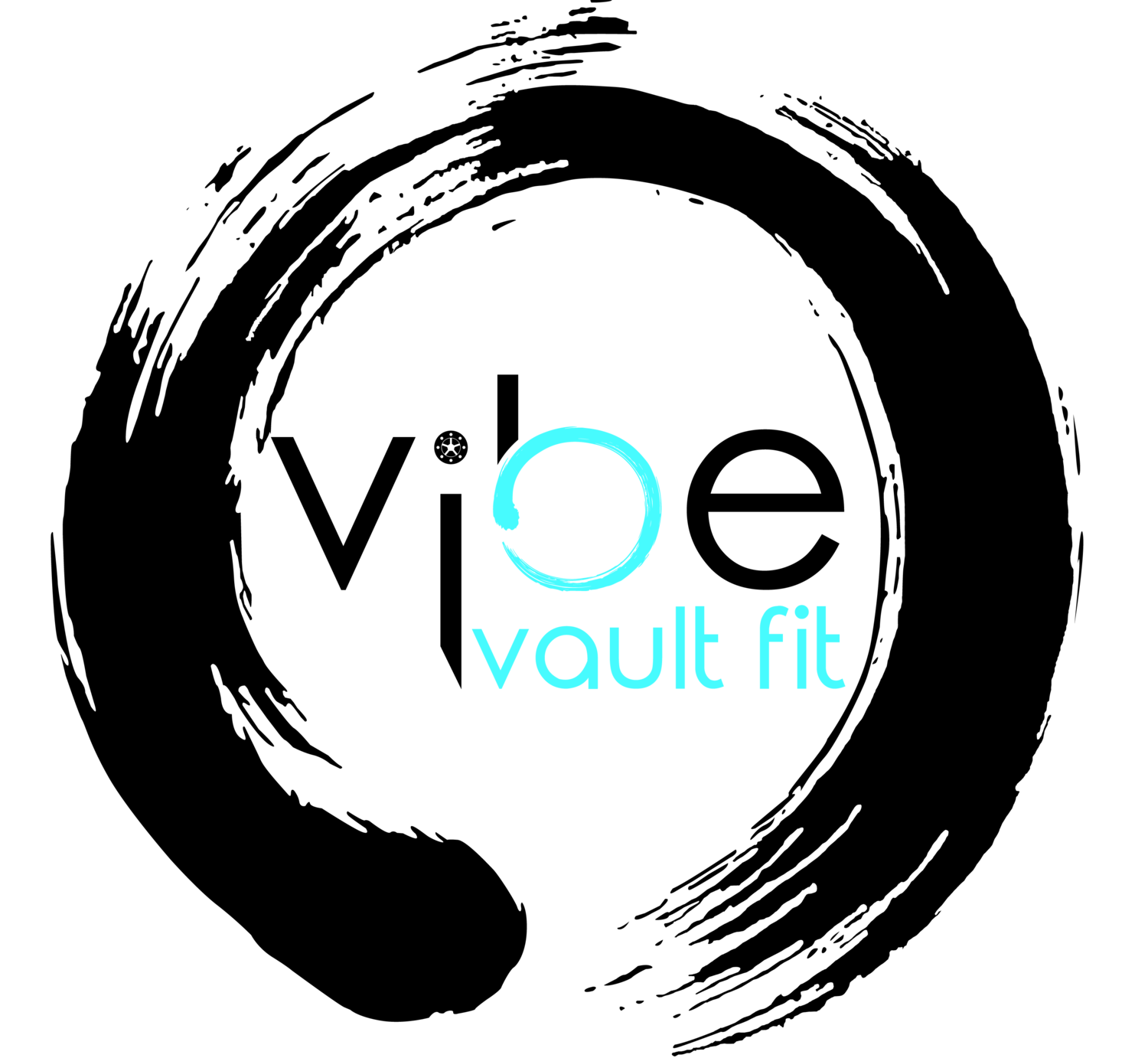Quieting The Alarm Bells
If you think about it, our brains are pretty clever. They work really hard to try to keep us, you know, alive. Safe. Protected. They are constantly scanning our surroundings, both physical and emotional, checking for threats. They warn us of potential dangers, big and small, and send us signals designed to keep us insulated from pain of any sort.
We also live in a world that has convinced us that our ultimate goal is complete comfort. We are conditioned from a very young age that anything that makes us sad or scared should be avoided, eliminated, or otherwise circumvented.
And there’s nothing wrong with either of these facts.
But together, this might actually be doing the exact opposite of what we think it is - it might actually be holding us back, harming us, and keeping us from living up to our true potential.
For the most part, we no longer live in a world where we need to be on alert for bears, invasion, famine, or turf-wars. Not that they don’t exist in our world, but for most of us reading this right now, the threats we face are very different.
Our brains, however, clever as they may be, do not always differentiate between the different kinds of threat. They were created with the very animal instinct for survival. That combined with the cultural intolerance of discomfort… has muddled the situation quite a bit.
See, we live in a world that has conflated discomfort with danger. Where anyone or anything that looks different, sounds different, lives differently, loves differently… where any person, situation, or circumstance that is unknown, unfamiliar, or even just… different… can be viewed as a threat.
And threats cause fear. Fight, flight, freeze or fawn. Panic.
Alarm bells blare.
Our brains go into protective mode very much the same way they would have ages ago when we were being chased by a tiger, saber toothed or otherwise.
And this is where the work comes in. We need to teach ourselves the difference between discomfort and danger. Because, while there can be overlap, there is also a huge world of possibility that lives in the space in between those two ideas.
Listen, I get it. I’ve been there. Scratch that - I live there.
I am a creature of habit. I thrive on routine. I find comfort in the predictable. And I’m sure you’re asking yourself why this is problematic. But, you see, somewhere along the line, some of the routines made a switch from security blanket to lifeline. And that doesn’t leave a lot of room for… well… real life. Some of my habits grew into protective mechanisms. And the more deeply ingrained they became, the more anything that deviated from that pattern became a threat. A danger. A problem.
And when a habit or routine becomes a crutch or a shield, you will find that your world becomes very small.
Luckily, in addition to our brains working hard to protect us (whether from a tiger attack or a rigid nighttime routine…), our brains also have the magic power of being able to grow. To change. To learn. To create new connections and to strengthen new neural pathways.
All it takes is curiosity and courage. And maybe a little bit of trust in yourself.
Curiosity to ask… is deviating from this habit or thought process really going to hurt me? And the courage to try it and see what happens.
This can be difficult and scary. As I said, we create these habits and routines to protect ourselves in some way shape or form. The threat might be one that only you can see or feel, but I promise you, it can feel very, very real. But we can learn, with time and patience, which “threats” are sources of actual danger, and which are sources of discomfort.
So listen to the alarm bells in your brain when they sound. And thank them for trying to protect you.
And then get curious. Because you can teach those alarms when it’s actual smoke from which you need to be protected, and when its only a smokescreen, hiding the path to your next big adventure.

